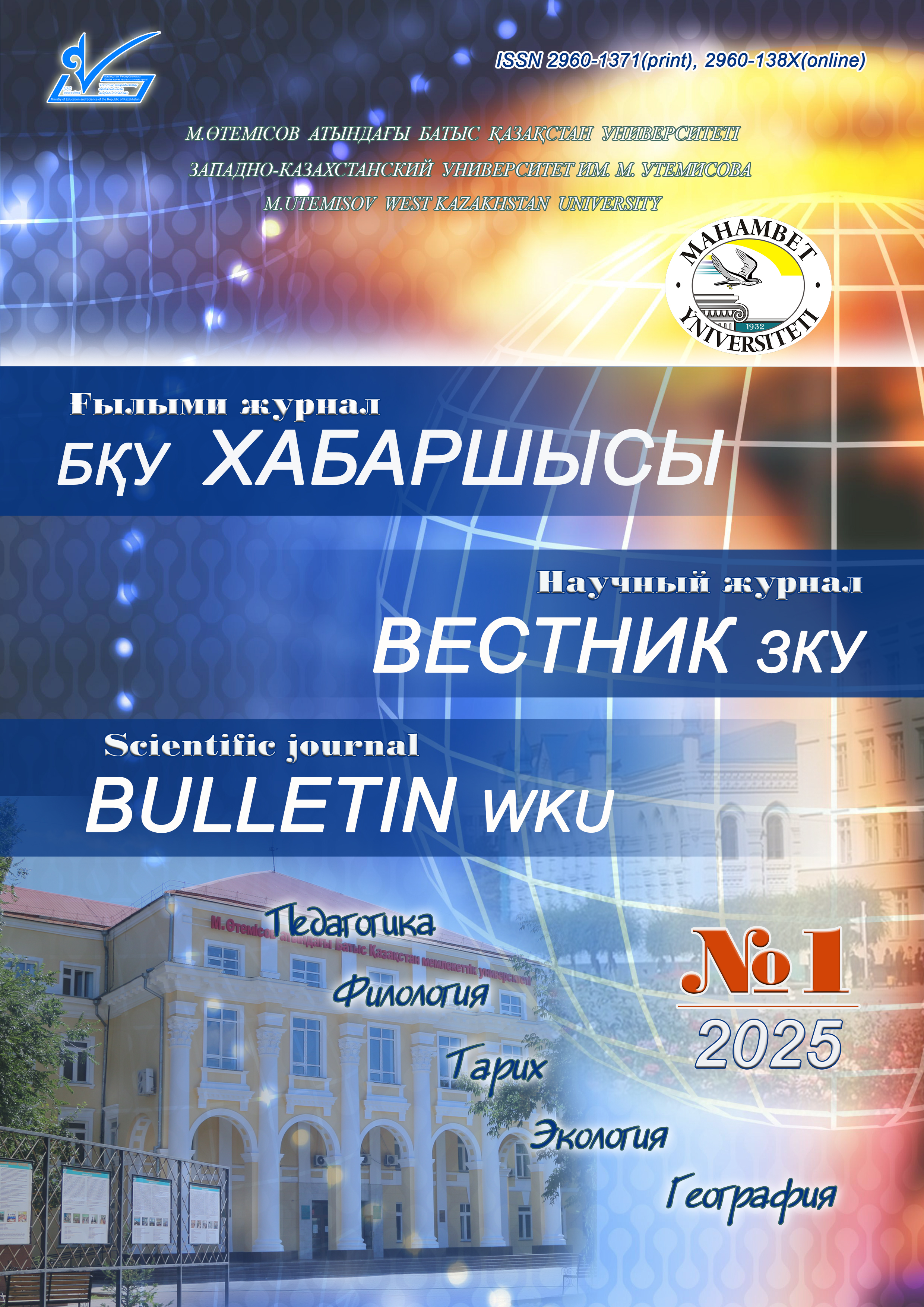STUDY OF THE INFLUENCE OF FLOODING ON THE ABSOLUTE AND RELATIVE CONTENT OF PLANT PIGMENTS IN URAL LICORISE (GLYCYRRHIZA URALENSIS).
Abstract
In this work, the influence of the 2024 spring flood on the content of plant pigments in Ural licorice (Glycyrrhiza uralensis) was examined using UV-Vis-spectroscopy. A comparative study of samples collected in 2023 and 2024 clearly shows that flooding of plant growth areas has a significant impact on the content of natural pigments in them. The change in different pigments content both towards an increase and a decrease is explained by the plant's adaptive response to the negative effects of water stress on growing conditions, leading to reduced light access and disturbances in gas changes. Results shows that these changes lead to both positive and negative imbalances in both the absolute and relative content of all plant pigments. Pearson's correlation analysis revealed important dependencies between the content of all studied pigments and established the nature of the influence of water stress on changes in their content and ratio. It has also been found that leaves of G. uralensis are the richest in chlorophylls and carotenoids, while the roots and flowers contain the highest levels of anthocyanins.



